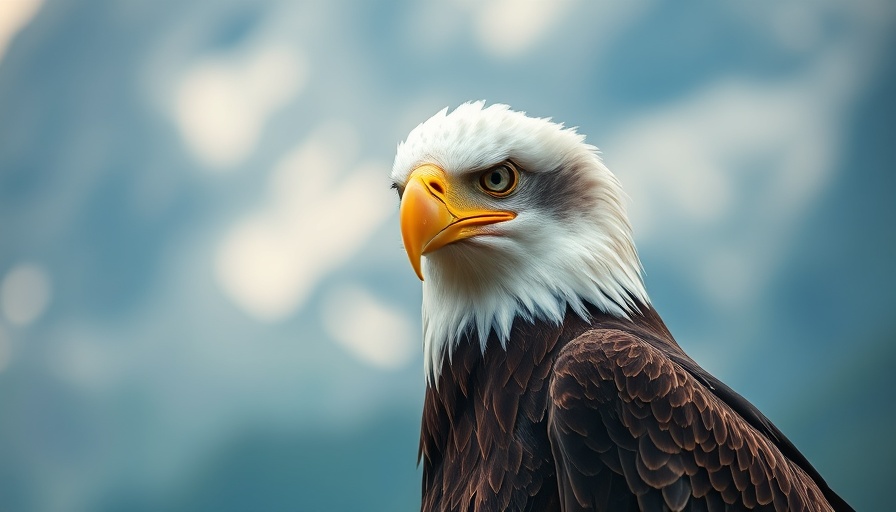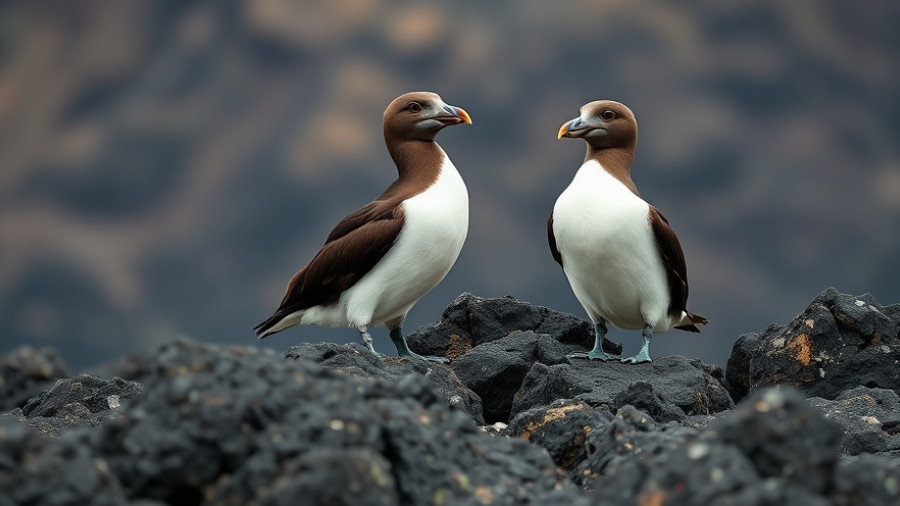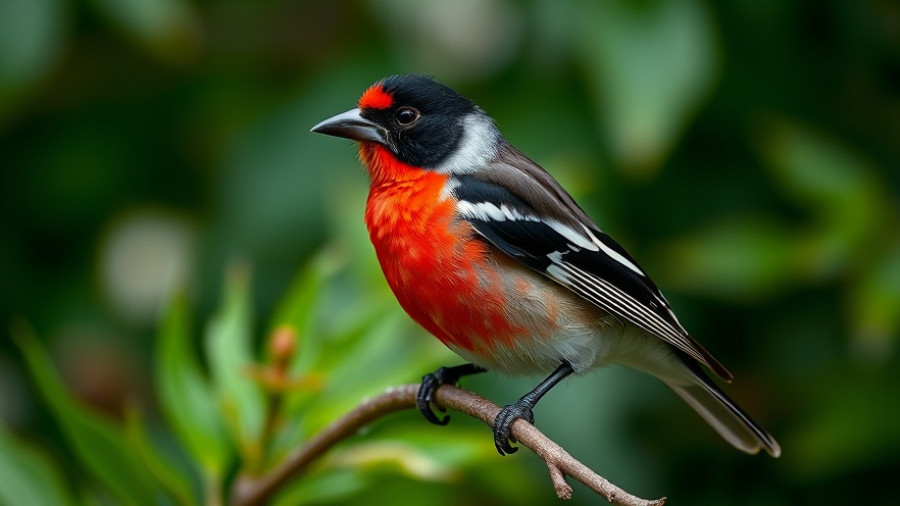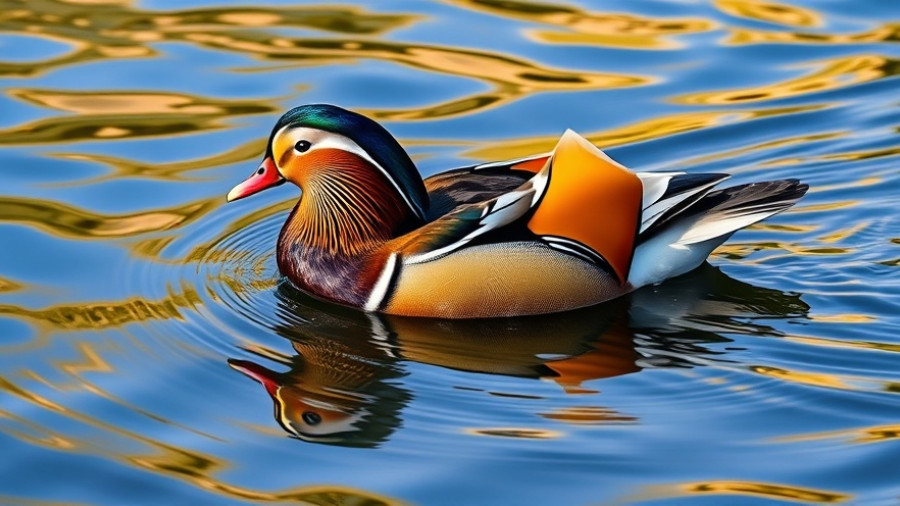
Unveiling the Mysteries of Bird Leg Bands
If you've ever observed a wild bird sporting a leg band, you might be surprised to learn that this small piece of metal plays a crucial role in avian research. These bands serve as unique identifiers, helping ornithologists track individual birds throughout their lives. Just picture it: a hummingbird flitting from flower to flower or a majestic swan gliding across a lake, each with its own story to tell, one that biologists are eager to uncover.
How Bird Banding Enhances Conservation Efforts
Bird banding is not merely an act of identification; it is a gateway to understanding avian biology and ecosystems. When you report a sighting of a banded bird to the Bird Banding Laboratory, you contribute to a wealth of data that informs critical conservation initiatives. Through decades of record-keeping, researchers have been able to identify alarming trends, such as the decline of Bald Eagle populations due to harmful pesticides like DDT.
The Importance of Citizen Participation
Interestingly, the role of everyday birdwatchers cannot be overstated. By observing nature and reporting band sightings, citizens engage directly with scientific research. This creates a community of informed individuals who not only celebrate wildlife but also actively contribute to their protection. The act of spotting and reporting a banded bird thus becomes an adventure in citizen science.
What You Can Do When You Spot a Banded Bird
Next time you find yourself in the presence of a banded bird, take a moment to appreciate its significance. Use binoculars to carefully read the serial number—this unique code is invaluable to researchers. Then, report this information to help amplify the reach of science and conservation efforts.
Conclusion: Why Every Sighting Matters
Bird banding is a powerful, scientifically-backed tool for understanding and conserving bird populations. Your observations can have genuine impacts, shaping our understanding of these wonderful creatures' behaviors and habitats. Whether you're a seasoned ornithologist or a casual birdwatcher, the next time you spot a banded bird, remember—you're witnessing a part of a larger, ongoing story.
 Add Row
Add Row  Add
Add 




Write A Comment